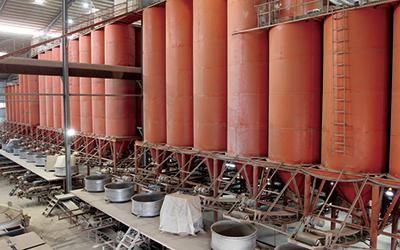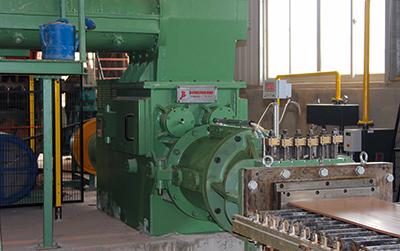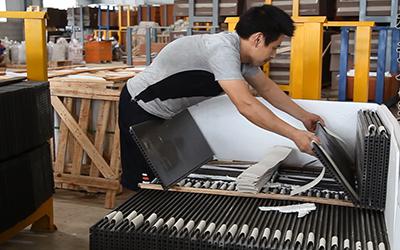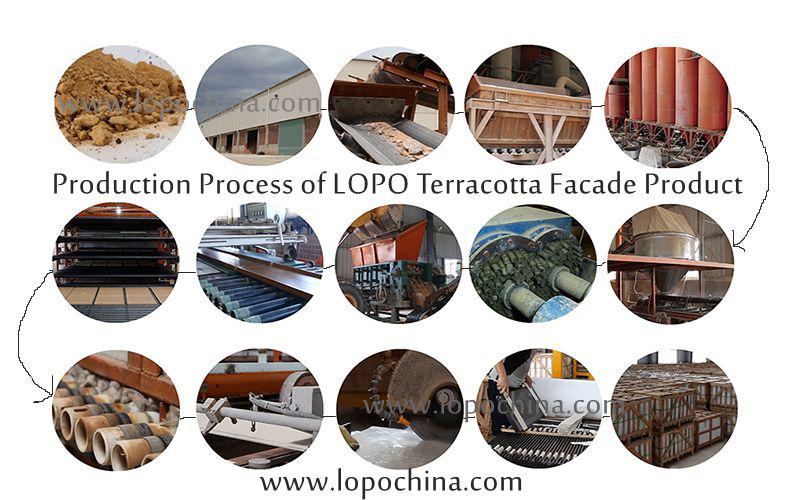
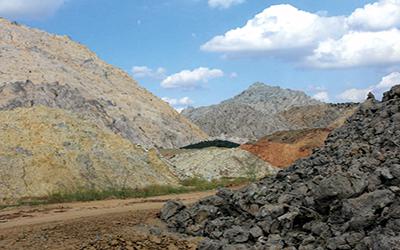
|
Select quality clay, and after the clay is sifted and coarse broken, stale the clay for six months, and turn the clay over again and again to dry it to appropriate moisture and particles;
|
|
Raw material is staling in
indoor warehouses to ensure further staling and homogenization of the naturally
dried raw materials; |
|
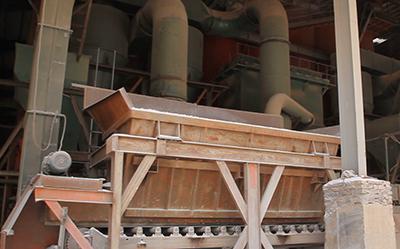
|
Mix the raw materials according to the formula, and then crush the raw materials according to certain fineness requirements using professional Raymond machines;
|
|
Put the raw material powder into the 3rd stale homogenizing equipment (115 powder storage tanks with total reserves of 7,000 tons), and start full automatic computer-controlled dosing; |
|
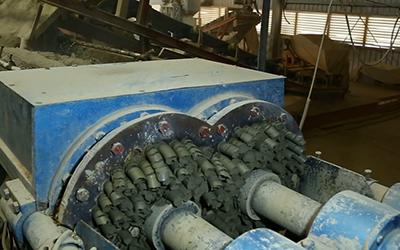
|
Add water to the prepared dry raw material powder and stir for granulation, and then put it into discharge warehouses with constant temperature and humidity settings;
|
|
Put the granulated raw materials into a vacuum extruder imported from Italy, for vacuum extrusion forming; |
|
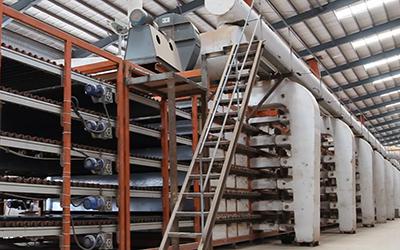
|
After human inspection of the size and glancing flatness, send the formed materials into a 80-meter five-layer drying kiln to dry the materials slowly for 8 hours;
|
|
After drying, do inspection
and sifting, and then send them to a 260-meter-long roller kiln for high
temperature burning for 8 hours; |
|
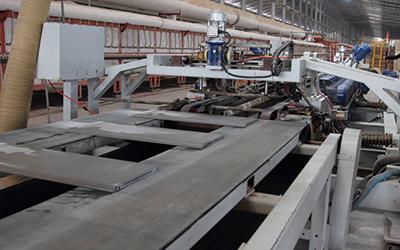
|
After the roller kiln process, do inspection and classification, and then proceed with product edging and cutting.
|
|
The final products are
stored in the warehouse after inspection and packaging. |
|
Complete inspection and QA measures
During the whole production process, LOPO sets up rigorous measures for process tracking, inspection and feedback, to make sure the controllability and stability of the product quality. The company’s professional test room constantly checks and controls the product’s appearance and dimensions(including indicators such as flatness, edge straightness, width dimension, color, etc.) , as well as various physical and chemical performance indicators.

